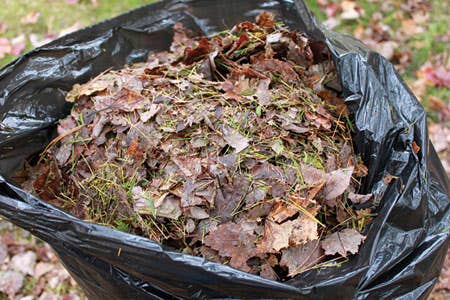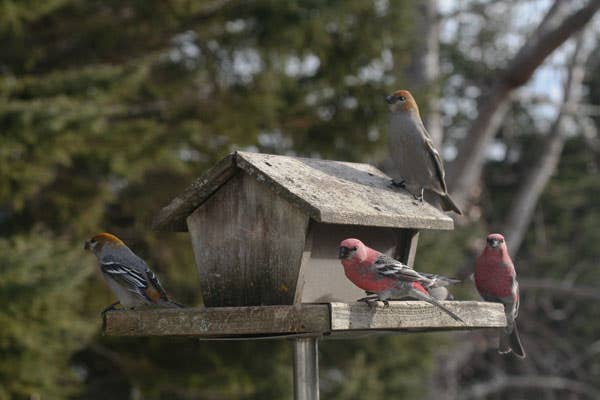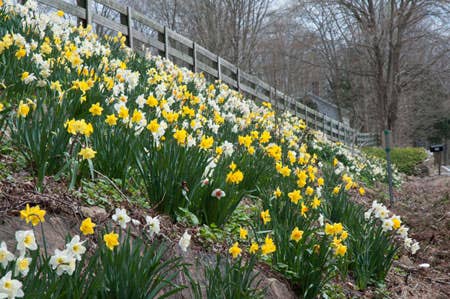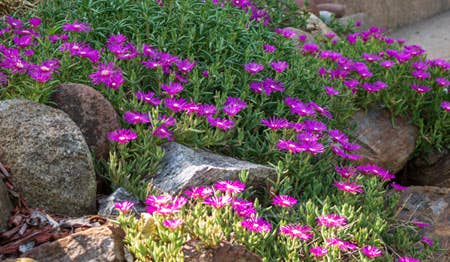Black Vine Weevil
Introduced from Europe, the black vine weevil (Otiorhynchus sulcatus) is a widespread pest in the northern half of the United States, where it attacks a wide variety of landscape shrubs,…
Introduced from Europe, the black vine weevil (Otiorhynchus sulcatus) is a widespread pest in the northern half of the United States, where it attacks a wide variety of landscape shrubs, especially evergreens such as rhododendrons, hemlocks, and yews.
The adult is 3/8 to 1/2 inch long and emerges in late spring or early summer. It has the characteristic elongated snout of a weevil, and plays dead when disturbed. The flightless females feed on leaves at night for three to six weeks and then begin laying some 200 eggs beneath bark scales, under litter, and in the soil. The white, legless larvae burrow into the soil, eventually becoming 1/2-inch C-shaped grubs with brown heads. They pupate the following spring. There is one generation per year.
SYMPTOMS: Notching of the margins of evergreen leaves is a sign of adults feeding. Indeed, entire needles of hemlocks and yews may be clipped off. While the foliar damage adult weevils cause is largely cosmetic, root damage from larval feeding is much more serious. As the larvae consume entire feeder roots and the bark of larger roots, plants may turn yellow, wilt, and die. Unfortunately, these are often the first signs of root feeding, unless girdling of the stem is visible at ground level. The clearest indication of infestation is often the presence of feeding adults.
CONTROL: Handpick the weevils on small plantings or individual plants. One or two hours after nightfall, inspect your plants with a flashlight. Shake the branches to dislodge the adults onto a clipboard or drop cloth, or create a daytime hiding place for adults by folding a burlap cloth lengthwise a few times, and securing it around the base of the plant. During the day, examine the folds for adults and dispose of them in a jar of soapy water.
Because adults are flightless, applying a band of sticky material such as Tanglefoot or Stickem Special to a covering of fabric tied around the trunk will act as a barrier.
An insecticide containing acephate [Orthene] can be used within the first three weeks of noticing adults and their feeding injury to the leaves. Treat the soil surface and the main stems and branches to destroy the feeding adults. Another application three to four weeks after the first may be warranted to control adults that have emerged. Other labeled insecticides include lambda-cyhalothrin (Spectracide Triszicide Soil & Turf Insect Killer Concentrate).
Larvae can be controlled with imadocloprid (Bayer Advanced Garden Tree & Shrub Insect Control).
Beneficial nematodes (Heterorhabditis bactenophora–marketed as Cruiser, Heteromask, and Gardens Alive Grub-Away Nematodes) have been successfully used to control weevils in container nursery operations, though less reliably in landscape situations.
A few rhododendron species and hybrids are naturally resistant to black vine weevils. These include Rhododendron dauricum, R. heliolepis, R. minus (piedmont rhododendron], R. scintillans, and the cultivars ‘P. J. Mezitt’. ‘Jock’, and ‘Sapphire’, Plants that callus quickly, such as Gumpo azalea varieties, can tolerate black vine weevil feeding.







